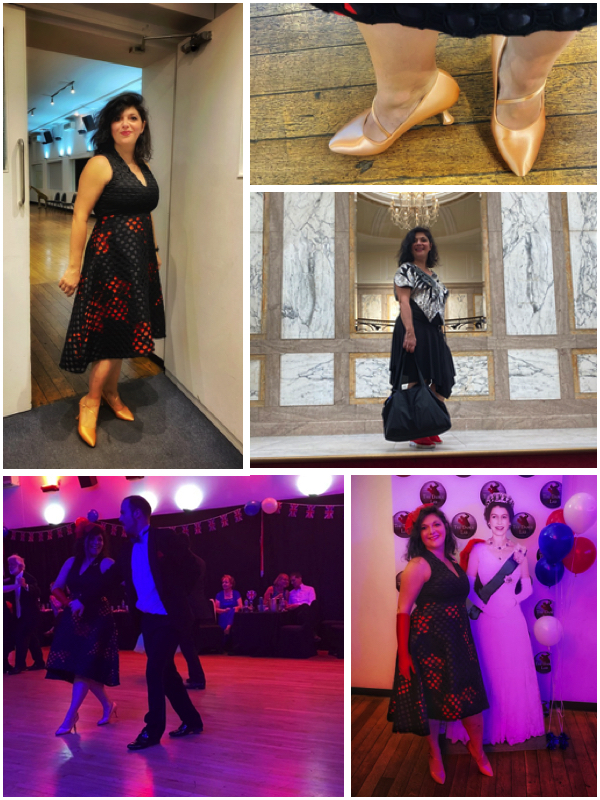From the earliest records of civilisation to instinctual courtship rituals observed in animals, dancing has always been central to express emotion, identity and intent. It is one of the most ancient forms of movement – as primal as walking or breathing – yet it is often undervalued compared to conventional sport when considering physical fitness and health.
Dance: The original full-body workout
Dancing is a comprehensive form of exercise, combining cardiovascular endurance, muscular strength, flexibility and balance. The NHS notes that just 30 minutes of dance can burn between 200-400 calories, depending on intensity. But the benefits are much more than calorie burn.
Research from Frontiers in Human Neuroscience reveals that dancing enhances brain health more effectively than traditional fitness training. Participants in a 2017 German study showed significantly increased brain-derived neurotrophic factor (BDNF) levels and improved grey matter volume in motor and memory-related brain areas – outcomes not seen in control sport groups. Meanwhile, ballet dancers demonstrate superior postural control, reflexes and proprioception compared to non-dancers .
The rhythm, creativity, and community found in dance also help reduce stress and elevate mood because engaging movement stimulates endorphin release, while social interaction reduces cortisol levels.
My journey: From competition to connection
For over a decade before the pandemic, I pursued amateurial competitive fencing and football. Although exhilarating, both sports brought recurrent injuries, and I often ignored the warning signs to stay competitive. The enforced rest during lockdown allowed my body to mend; yet when I considered returning to sport, the fear of reinjury lingered.
In June 2021, I discovered dance at Dance Lab in Putney. What began as a weekly refuge soon became a passion. I documented every milestone – from mastering quickstep and tango footwork to enjoying the flow of Latin rhythms. A year on, I could already perform 15 ballroom and Latin dances confidently at novice/improver level and now I attend vibrant social dance evenings that blend exercise, connection and joy.
Dancing has improved my posture, reflexes and coordination and helped me stay mentally positive. It has become my stress-reliever and confidence-booster – a far cry from the injury-fraught path of competitive sport.
Mid-life fitness: Reinforcing strength during menopause
Menopause commonly brings accelerated loss of muscle and bone mass. Women can lose up to 20% of their bone density within 5–7 years post?menopause, due to reduced oestrogen levels. Appendicular lean mass and bone density both decline significantly through the menopausal transition, but physical activity can counter this trend.
To support my body, I combine dance with weekly outdoor strength conditioning sessions. Strength training, especially resistance workouts, helps mitigate muscle loss (sarcopenia) and supports bone health during this life stage . Research confirms that resistance training 2–3 times a week, alongside aerobic activity, is essential to preserve muscle mass and skeletal integrity.
Dancing also contributes to bone strength – it is both weight-bearing and impact-generating, offering added protection against osteoporosis. With this combined approach, I maintain better posture, resilience and vitality than I’ve experienced in years.
Curious contrasts: Sport vs Dance
Competitive sport brings thrills, discipline and camaraderie, but it can also foster pressure and injury. Dance, while physically demanding, emphasises creativity, flow and personal expression rather than results. Unlike rigid training regimes, dance is forgiving — it rewards dedication, rhythm and musicality. It nurtures mindfulness and emotional well-being alongside fitness.
Interestingly, dancers often outperform athletes in measures of balance and reflex precision. A 2013 PLOS ONE study demonstrated that dancers possess superior proprioceptive awareness, especially in their lower limbs – key to rapid, coordinated movement.
I sometimes wonder: had I started dancing in my teens, would I now be a more accomplished dancer? Perhaps. Sport taught me resilience – dance returned to me grace.
In a world obsessed with optimisation, dance offers something deeper: it reconnects us with our bodies, minds and communities. It is not merely exercise but creative expression and social harmony.
Whether you’re seeking to improve fitness, maintain strength through mid?life transitions, or simply recapture joy through movement, dance is an accessible, inclusive, and scientifically proven path to health. If you’re at a crossroads – hesitant, injured or seeking fresh motivation – step onto the dance floor. You may find that the best fitness journey is one that lifts your heart as much as your health.

Monica Costa founded London Mums in September 2006 after her son Diego’s birth together with a group of mothers who felt the need of meeting up regularly to share the challenges and joys of motherhood in metropolitan and multicultural London. London Mums is the FREE and independent peer support group for mums and mumpreneurs based in London https://www.londonmumsmagazine.com and you can connect on Twitter @londonmums



